Some things are so obvious, that often go unnoticed or we forget them.
Critical Care Medicine has just published an excellent revision titled Interprofessional Care and Teamwork in the ICU.
It underlines the importance of multidisciplinary work in the modern ICU, putting in value the role of each member of the team and including patients and families in the center of the care (as you see, the essence of Proyecto HU-CI).
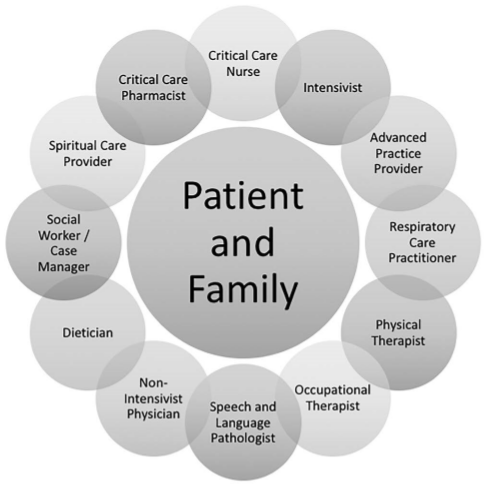 Original articles, review articles, and systematic reviews were considered.
Original articles, review articles, and systematic reviews were considered.
Interprofessional care refers to care provided by a team of healthcare professionals with overlapping expertise and an appreciation for the unique contribution of other team members as partners in achieving a common goal.
Do we really understand this process in this sense? Do we usually put in value the work of the others? Perhaps we should start by giving thanks.
A robust body of data supports improvement in patient-level outcomes when care is provided by an interprofessional team: critical care nurses, advanced practice providers, pharmacists, respiratory care practitioners, rehabilitation specialists, dieticians, social workers, case managers, spiritual care providers, intensivists, and nonintensivist physicians each provide unique expertise and perspectives to patient care, and therefore play an important role in a team that must address the diverse needs of patients and families in the ICU.
Engaging patients and families as partners in their healthcare is also critical. Many important ICU quality improvement initiatives require an interprofessional approach, including ABCDEF bundle imprementation, interprofessional rounding practices, unit-based quality improvement initiatives, Patient and Family Advisory Councils, end-of-life care, coordinated sedation awakening and spontaneous breathing trials, intrahospital transport, and transitions of care.
We have many things to do and many of us have started this path, which will be the same in the rest of the world. Changing the concept of team in the Hospitals is essential. We could learn from football teams, where every player has a rol and all the team members wear the same shirt with the same objective.
But, do we wear the same shirt in the hospital teams? Do we really put in value the work of our mates? Do we let patients and families wear our shirt?
The example is the picture of this post, from the ICU of Hospital de Bellvitge that we usually show in our talks: patient must be in the centre, surrounded by the multidisciplinary team and the family with a common goal.
And smiling.
By Gabi Heras

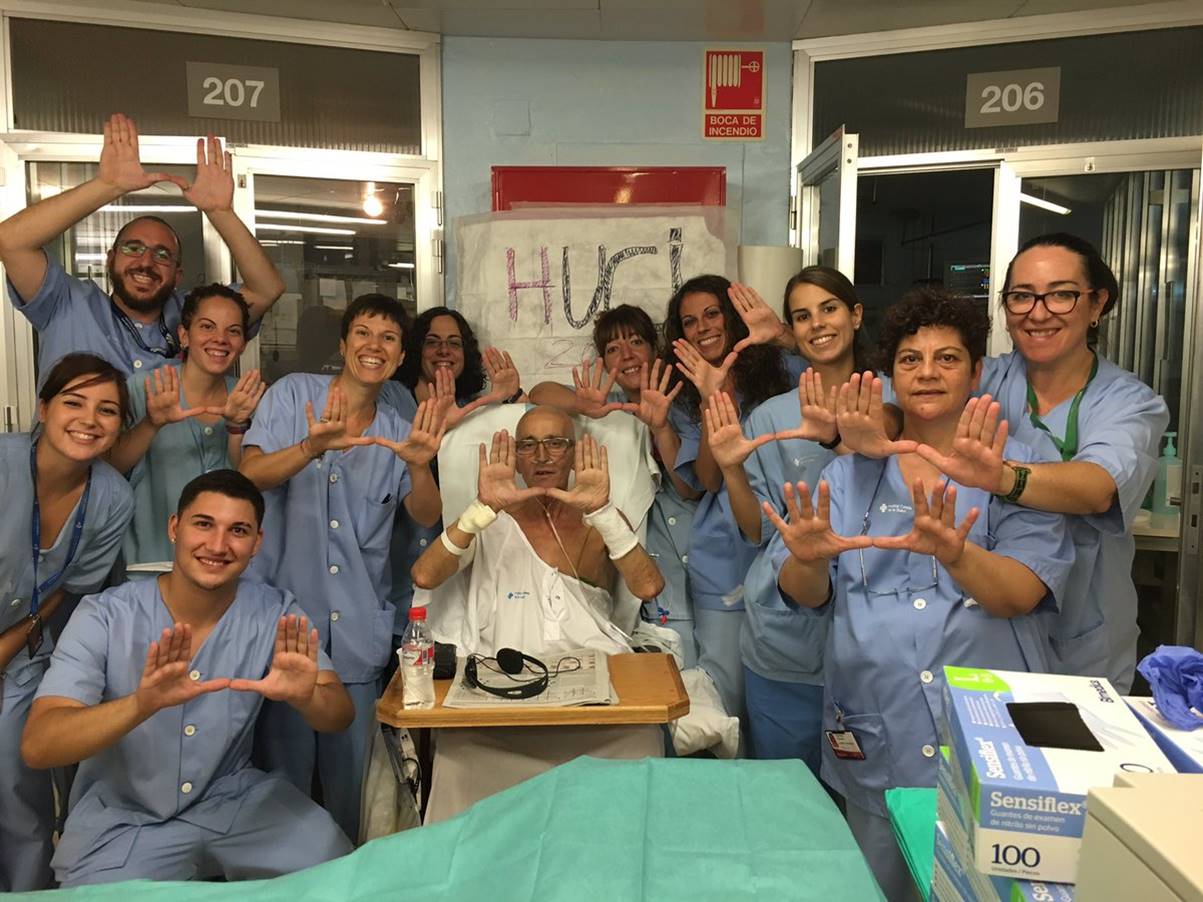

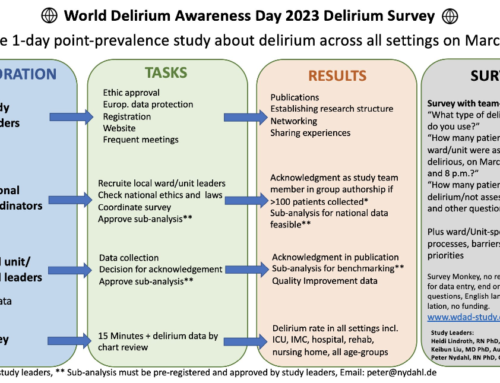
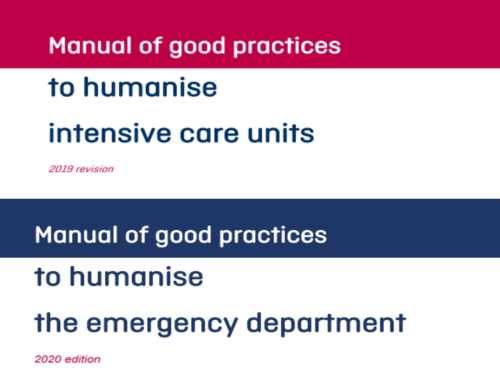
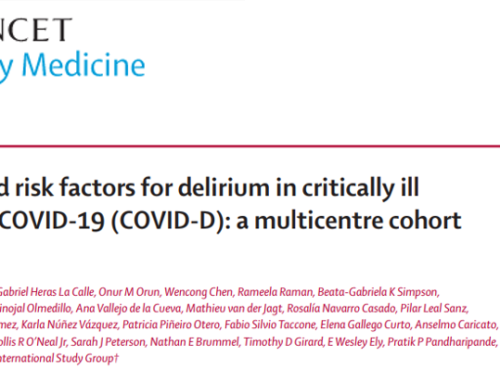
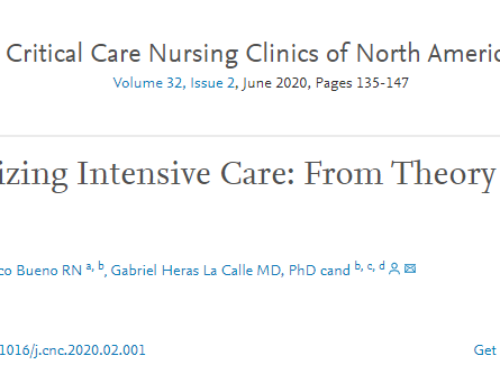

Recognition of the patient’s and family’s expertise is invaluable to begin strategizing the team’s actions. Thank you for capturing these concepts beautifully.